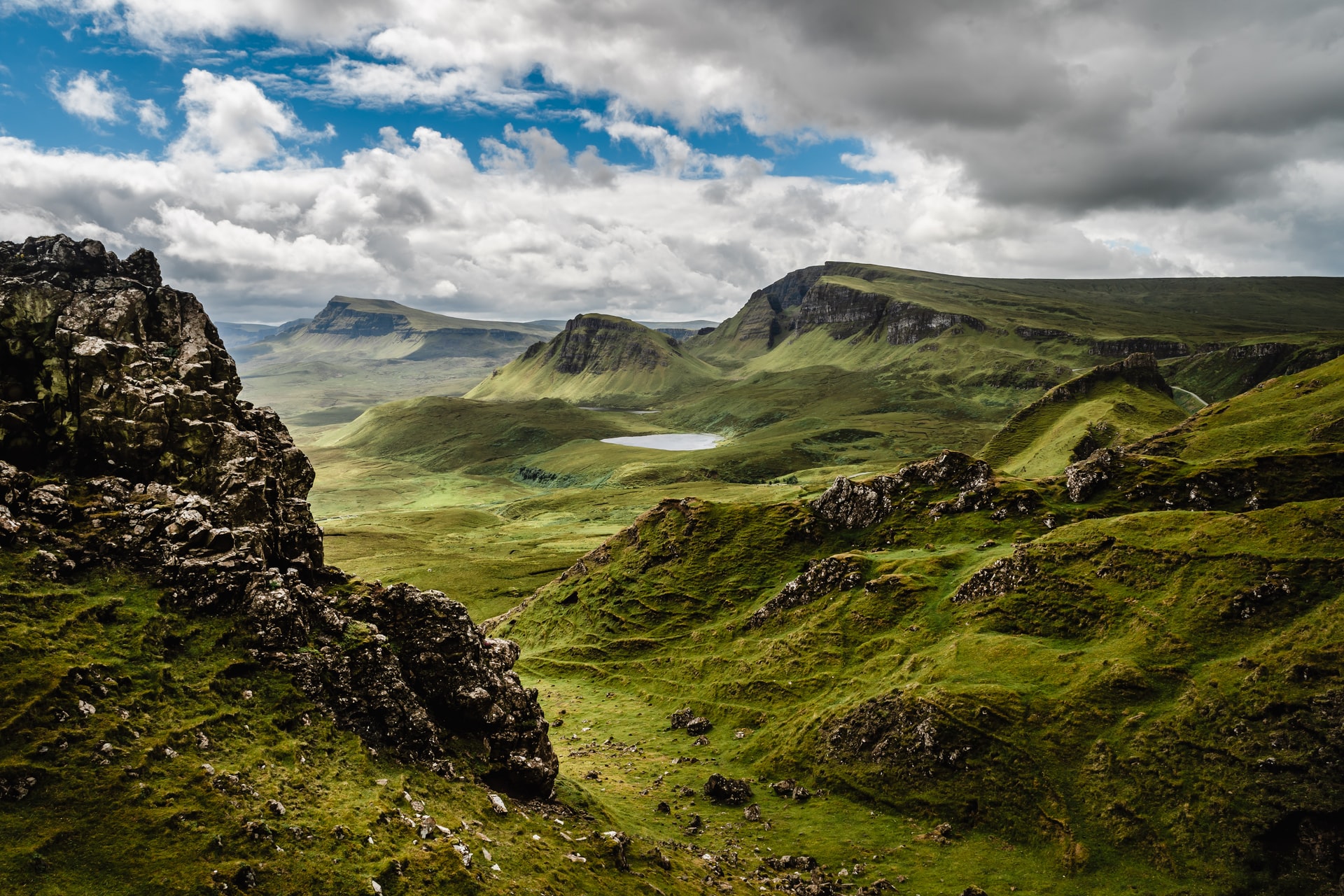In this article, I will try to give a brief overview of the weather in Scotland. First of all, the weather in Scotland is a cyclical event with plenty of extremes on either side. The west coast and eastern areas of Scotland get mild winters and summers, but when it comes to rain and snowfall the west coast is much more affected by rainfall than the east. The Highlands and Inverness area get their fair share of cold weather, especially in the winter months. The eastern highlands receive mild summers with mild showers but can become wetter in the autumn.
The average temperature in Scotland is 14C with cooler patches on the west coast and higher on the eastern highlands. As for rainfall, it’s generally light to moderate with some areas getting up to four times more precipitation than the norm. Bluntly, on a good day, the weather in Scotland is beautiful with the Highlands receiving hundreds of bright hours with little to no cloud. Snowfall in particular is a spectacle on the mountain tops with the result that many people come here to watch the annual white powder exhibition.

It’s important to remember that there can be extremes in weather in Scotland so don’t always assume that it always rains. July and August typically see the warmest weather in the country, with temperatures rising up to 29C. Summers are very warm now, and this has triggered a new need among Scottish households for air conditioning.
The lowest temperatures in Scotland start in October and November until March. A quick check of the UK weather service’s website will reveal what the typical daily temperatures are for each month of the year. You may also want to check out our blog on the latest climate information in Scotland.


